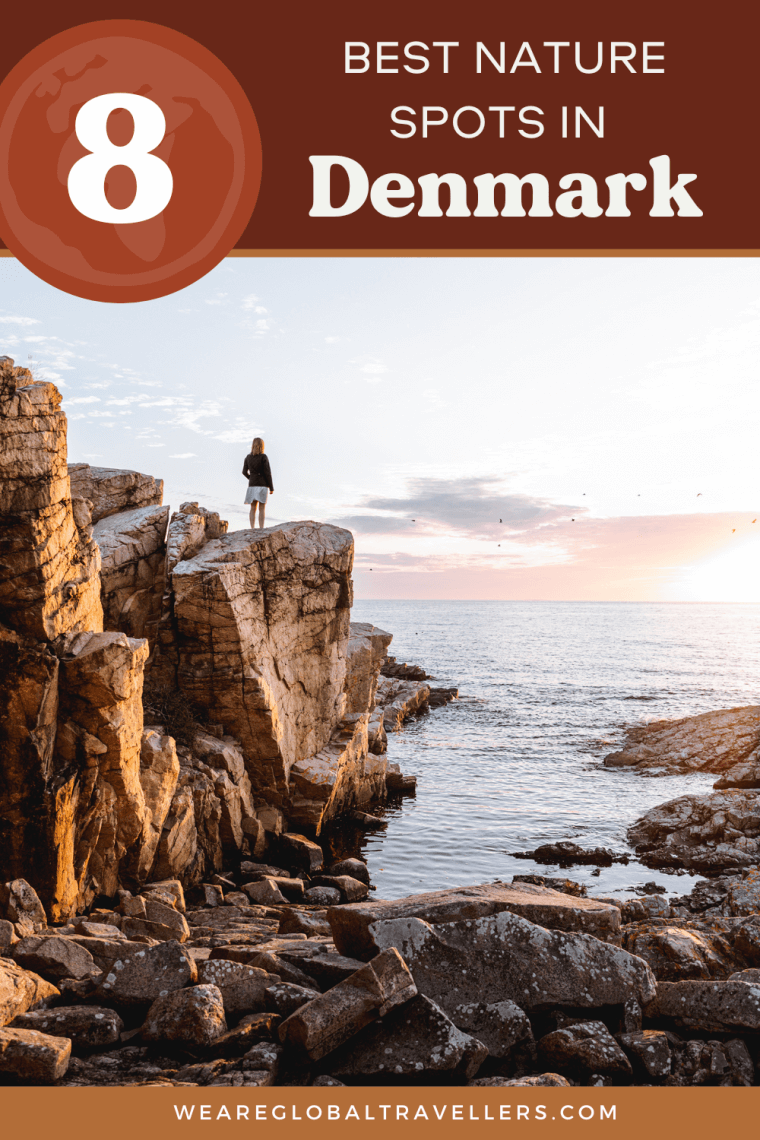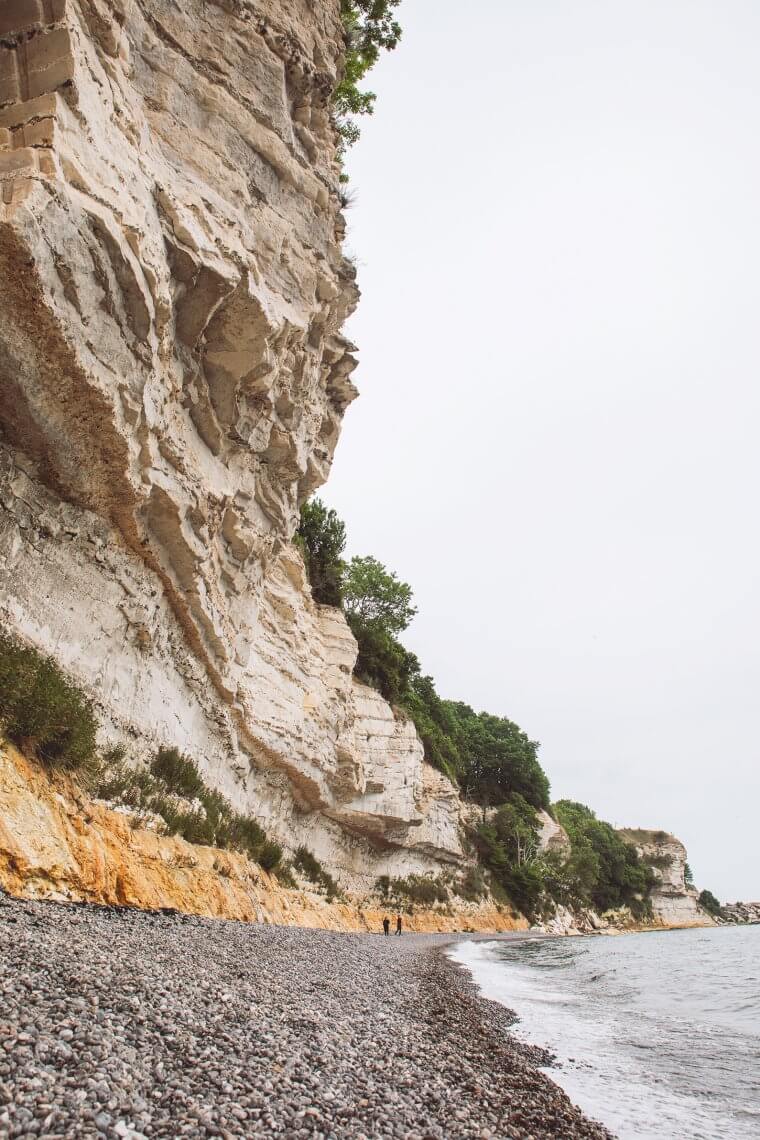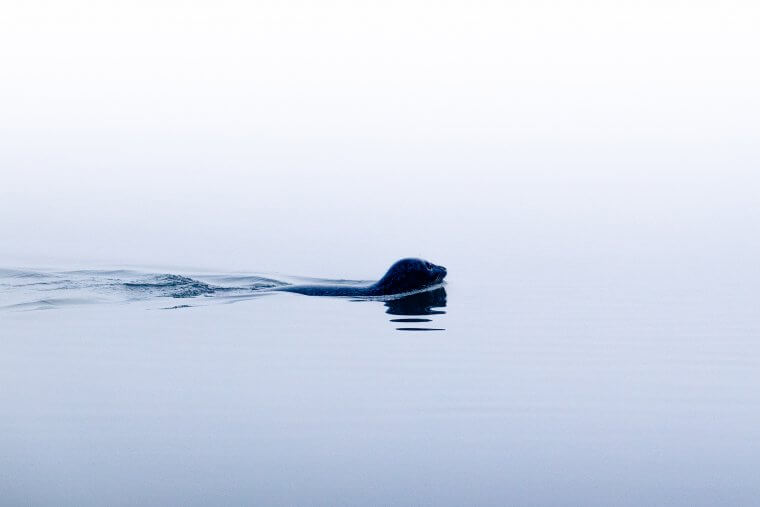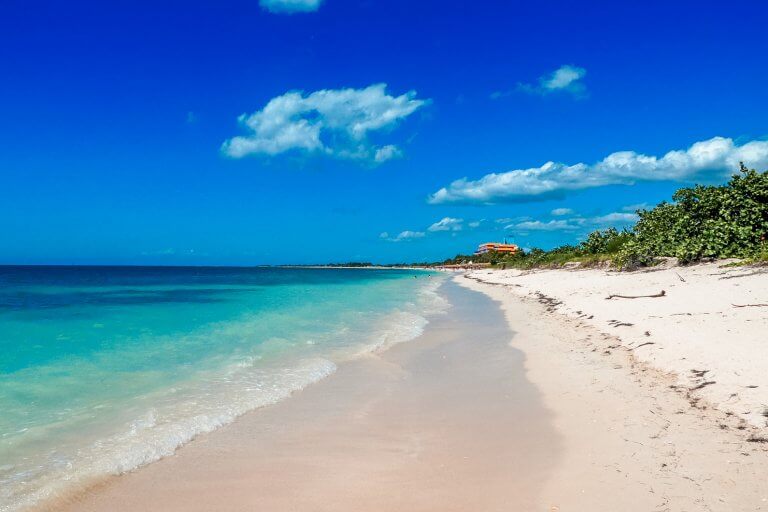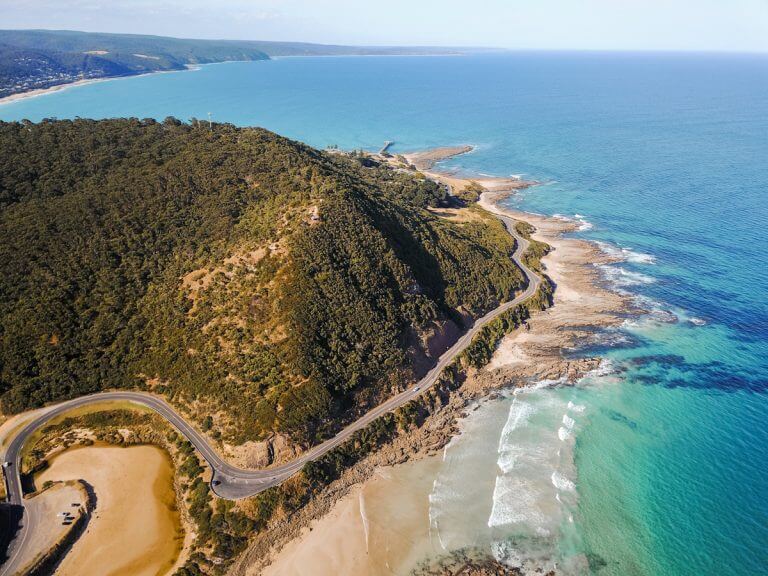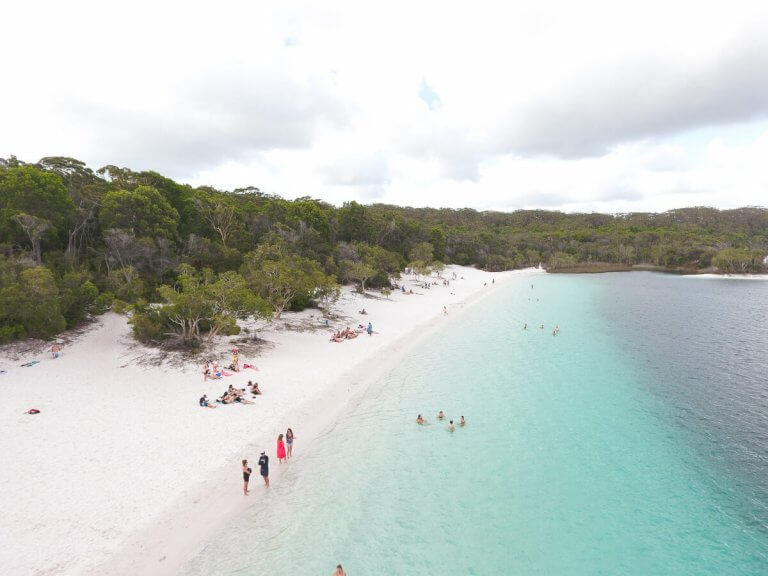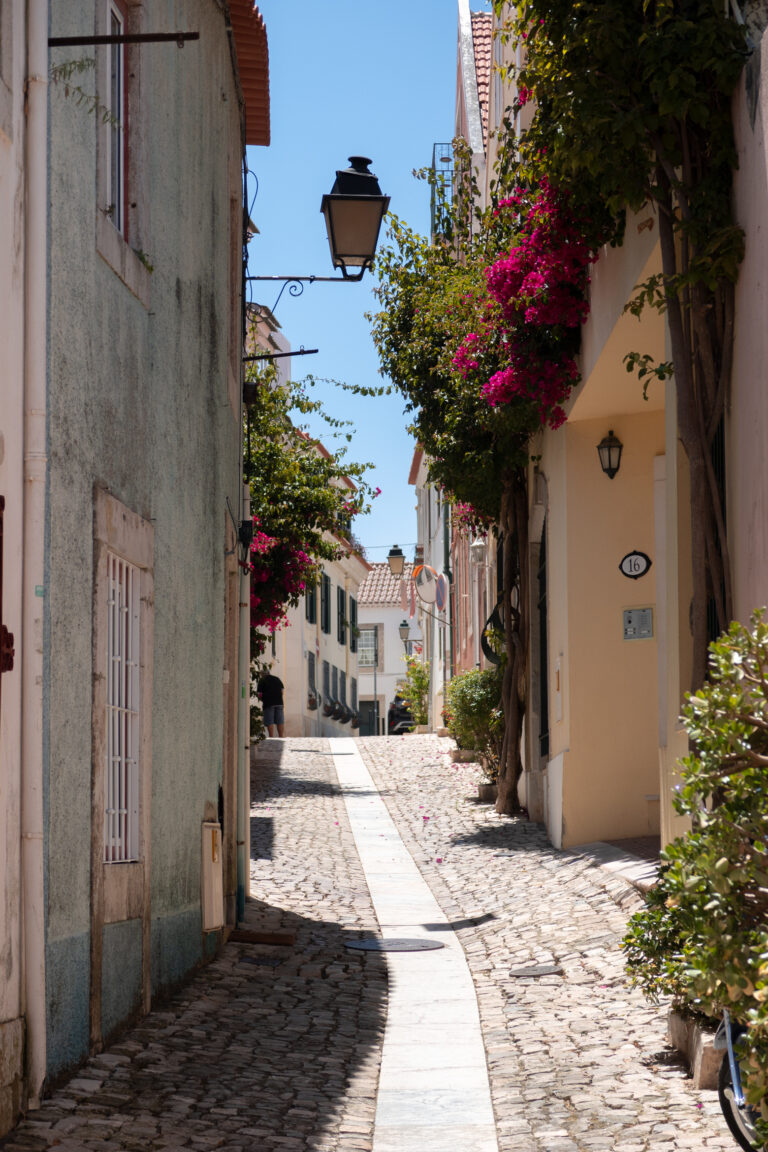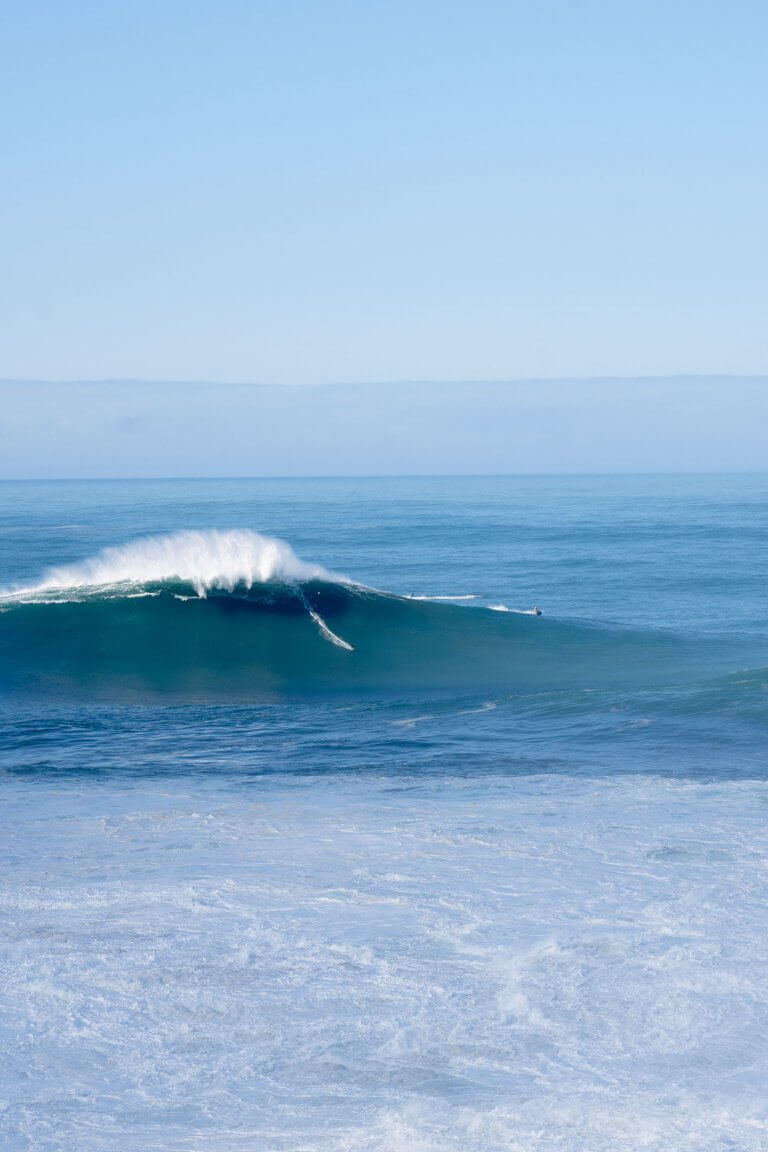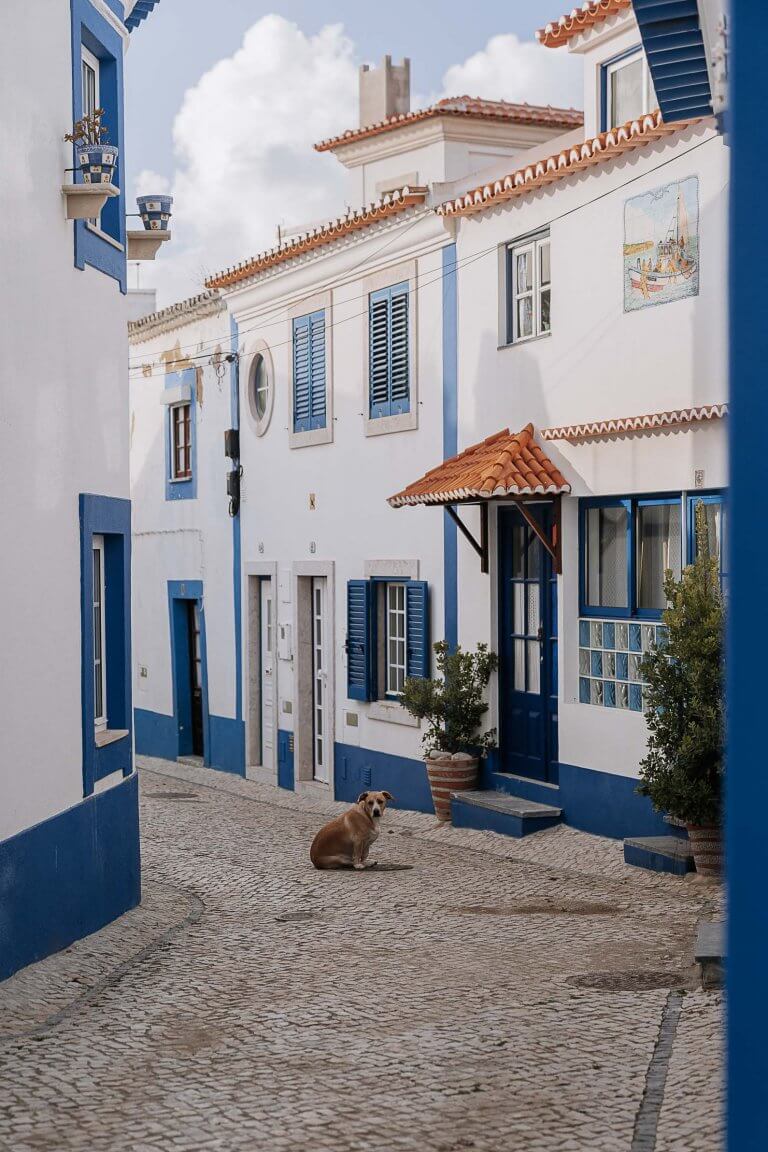The best nature spots in Denmark
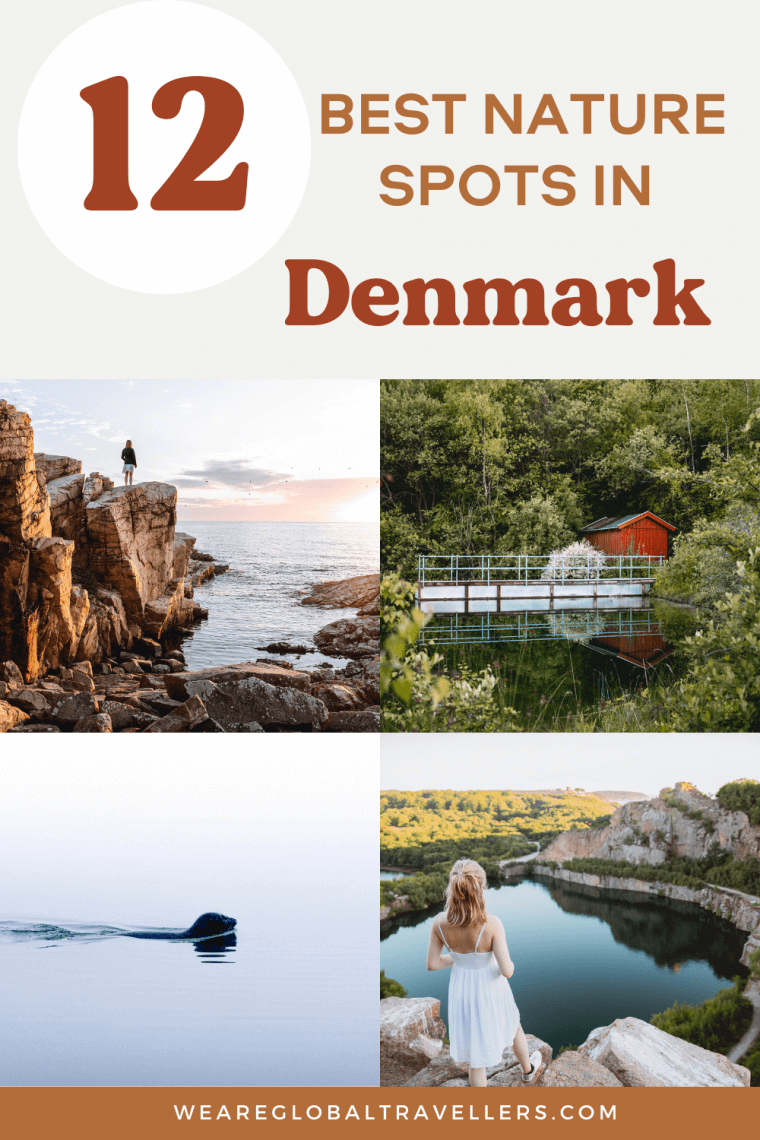
If you are visiting Denmark and looking for the best nature spots in Denmark, you have come to the right place!
In this blog post, I will go through some of the most beautiful places to visit in Denmark for nature, including the best natural attractions in Denmark, breathtaking nature in Denmark, the best places to visit in Denmark, and more!
From the very moment you step onto Danish land, you will notice how flat it is. It is not a country where you will find the most mountainous environment. However, I still believe that it is well worth visiting for nature lovers. Denmark has a stillness about it, unlike any other place. The flatness of the country gives it something unique and magical. It also means that when you see a bit of rock formation, you will appreciate it even more! Denmark does not only have fantastic sand beaches and heritage nature parks. It also has charming islands with breathtaking views of the sea. It will make you feel so small and make you aware and present in each moment.
How much time do you need in Denmark?
Even though Denmark is a smaller country, I recommend going for at least two weeks. With a few days in the cities, you can visit the two most popular cities in Denmark; Aarhus and Copenhagen. Then afterward, you can start your journey through these natural attractions in Denmark. If you are beginning your journey in Copenhagen, I recommend doing all the Zealand nature spots first, working your way across the bridge to Funen, and then finishing in raw Jutland.
How to get to Denmark
Denmark is just a few hours by plane from London.
It is one of the most accessible places to reach from London, which makes it a great holiday destination for people from the UK. The best way to get to Denmark if you are visiting from another country will be to fly to Copenhagen. Most big European cities fly directly to Copenhagen, which makes it an ideal holiday destination for people from Europe. If you are from Sweden or Germany, you may want to look into whether or not you want to take the train instead.
Other travel guides you might find useful…
- Europe: the ultimate travel guide
- The best things to do in Denmark
- Copenhagen: a complete travel guide
- The best budget-friendly things to do in Copenhagen
- The best things to do in Bornholm, Denmark
- Roskilde, Denmark: the best things to do
- How to visit Malmo in one day
- A 2-week road trip in Norway
- A complete guide to Stockholm
- The best things to do in Europe: the ultimate Europe bucket list
- Top tips for travelling in Europe
Are you ready to start exploring? This is your Denmark travel guide with some of the top things to do in Denmark!
The best nature spots in Denmark
1. Møns Klint
Møns Klint is one of the most iconic natural attractions in Denmark. When you search for the best nature spots in Denmark, this place will top every time!
If you only go to one place on this list, this one is it! Møns Klint is an impressive cliff with a beautiful surrounding area filled with hikes, tourist attractions, and more. Spend a few days in this beautiful area of Denmark, and use the many outdoor activities during summer.
Water activities, hikes, stargazing, and more. The best way to get to Møns Klint is by car. However, it is also possible by public transport.
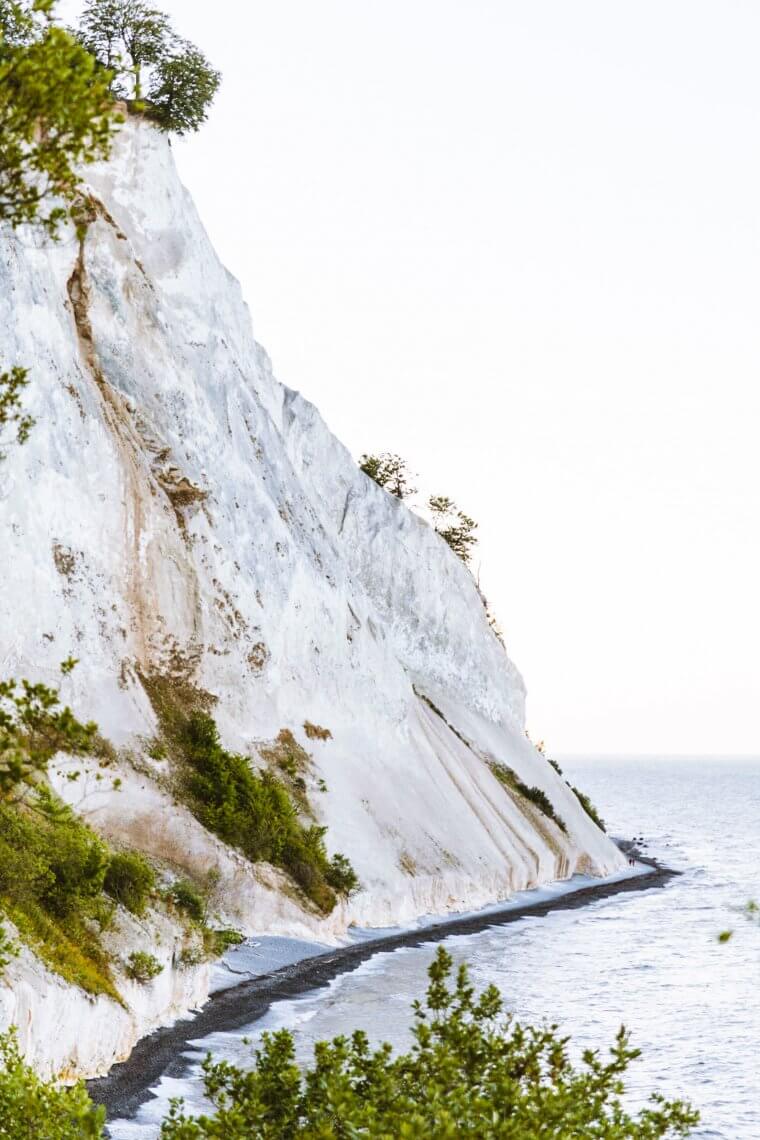
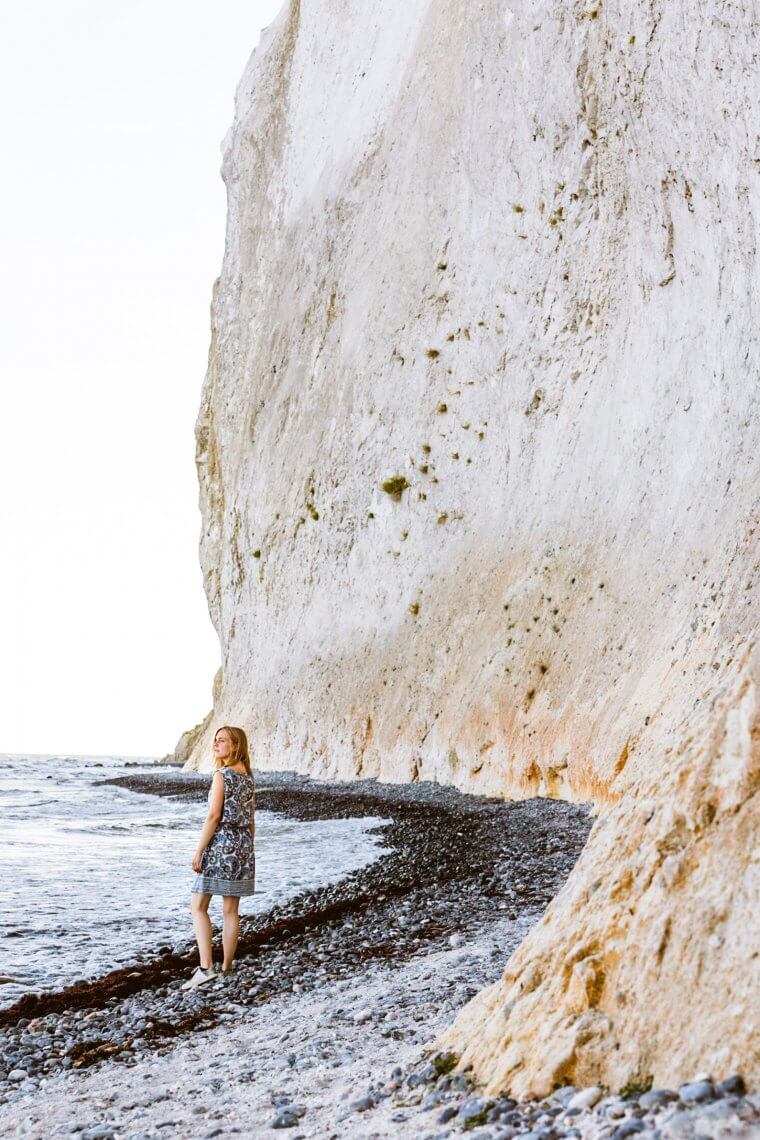
2. Rubjerg Knude Lighthouse
On the very edge of the North Sea, you will find Rubjerg Knude Lighthouse. It is one of Denmark’s most famous natural attractions and is slowly disappearing! If you want to visit Rubjerg Knude Fyr, you will need to do so soon! The harsh nature is still shaping the landscape, and the lighthouse has moved 70 meters further inland in just the last three years! If you want miles of sand and a lighthouse with a view of the sea, this is one of the best places to visit in Denmark.
3. Visit Kastrup Kalkbrud
Kastrup Kalkbrud is a Limestone Quarry hidden north of Copenhagen.
It is one of the best nature spots in Denmark to visit during the summer. On a warm, sunny day, this place especially shines! Because of the Limestone, the water will be crystal clear and blue. If you go on a hot summer day, you will feel as if you just took the plane to an exotic country, but you are just in Denmark!
Kastrup Kalkbrud is not very well-known so you will have it primarily yourself! The most famous Limestone Quarry in Denmark is Faxe Kalkbrud, which is also the biggest. However, I believe that Karlstrup Kalkbrud is a more enjoyable place to visit.
You can reach Karlstrup Kalkbrud by car or public transport! If you go by public transport you will need to get the train to Køge and get off at Solrød Strand, from there you will need to walk about 15 minutes.
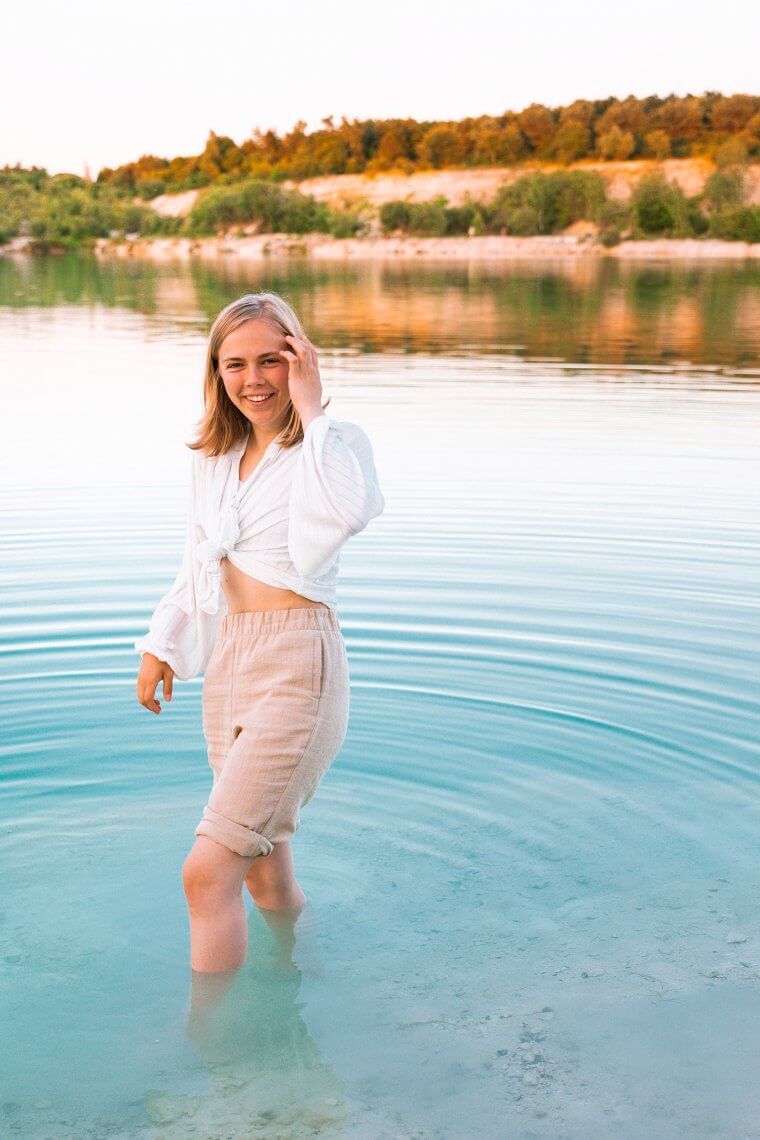
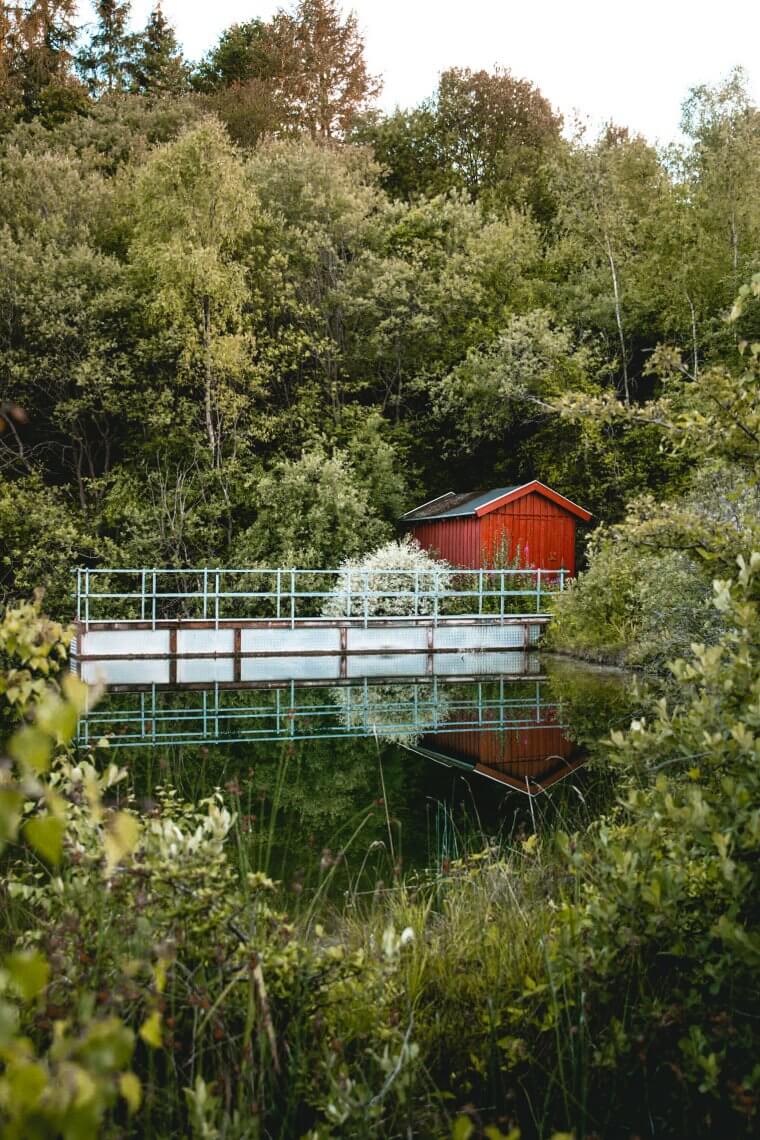
4. Adventure at Råbjerg Mile
If you want to experience one of the most unique nature attractions in Denmark, you must visit Råbjerg Mile! Råbjerg Mile is Denmark’s largest dune. It is one of the best places to visit in Denmark if you are searching for something completely unique!
You will not find any nature in Denmark like this. The dune is approximately 1000 meters on each link and contains about 3.5 million m3 of sand. It is one of the most beautiful places to visit in Denmark, and you should not miss seeing it!
Keep in mind: If you go hiking in the area outside the main areas, you need to be careful! There is a risk of walking into quicksand.
Explore ACTIVE TRAVEL ON THE blog here
5. Admire Stevns Klint
Stevns Klint is the little sister of Møns Klint. It is another one of the best nature spots in Denmark, and you should not miss it! You will also find a few tourist attractions in the surrounding area, such as the lighthouse, a limestone quarry, and more. Stevns Klint makes for a perfect day trip from Copenhagen.
It is possible to see everything in the surrounding area in just one day. If you walk along the impressive coast, you will be taken to the best viewpoints of the cliff, then to the lighthouse, where you can climb to the top and get an even better view, and lastly, you will reach the beautiful limestone quarry.
Check out the best things to do in Europe here.
6. The Wadden Sea
If you are a spotting wildlife fan, you will have to visit The Wadden Sea. It is one of the best places to visit in Denmark and one of the World Heritage Sites!
When you visit the Wadden Sea, you will be sure to stumble by a few seals and birds you may not have seen before. You can explore by yourself, or you can get a guide. During March/April and September/October, you can see the famous phenomenon “Sort Sol” (Black Sun).
Seeing Black Sun is a unique experience you will not soon forget. It indeed shows the greatness of nature. Black Sun is a large flock of hundreds of thousands of starlings.
7. Thy National Park
Thy National Park is Denmark’s oldest national park and has over 200km2 of trails to explore by foot or bike.
You can also drive to many of Denmark’s most famous natural attractions. Parking is always free, every day, and open all day.
The national park is one of the most beautiful places to visit in Denmark for nature. You can even go camping in the wilderness of Thy! It is one of the most amazing experiences in Denmark; you can go on.
There are several shelters in the park’s forests, where you can camp overnight. You can find more information on shelter experiences here.
8. Hammerknuden (The Hammer of Bornholm)
Hammerknuden is Bornholm’s northernmost area filled with beautiful hiking trails and sights like Hammeren Lighthouse, Hammersøen, Hammershus, Opalsøen, and more. Bornholm is one of the best places to visit in Denmark for outdoor adventure lovers.
Hammerknuden is one of the best nature spots in Denmark that I believe you absolutely cannot miss when you visit Bornholm! The Hammer came to be in the ice ages on Nord Bornholm. Today you can find traces of the glaciers’ flow direction in the granite!
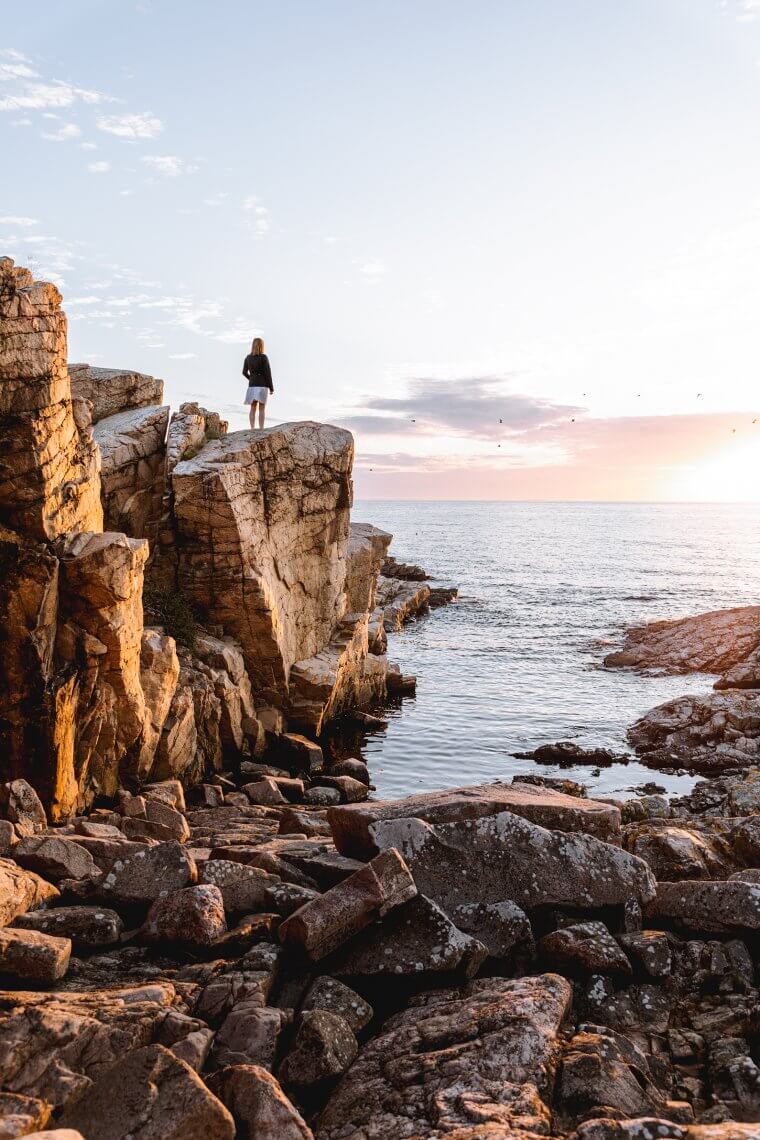
9. Fur (The Fossil Island)
The Island Fur, also known as The Fossil Island, is one of the best places to visit in Denmark for nature lovers. The island is only 22km2 big, but it has much to offer! This small Limfjord Island offers many natural experiences, such as spectacular nature sights and fossil hunting. One of the most popular things you can do on the island is to see the red cliff on Fur’s north coast.
The red rock got its colour from being washed clean with salt water, reinforcing the rust content of the iron on the surface. Another one of the best things to do on Fur is to visit Knudeklint.
The oldest parts of the clay are over 55 million years old. You can find traces of volcanism in the form of the many close-fitting black ash layers in the yellow-white clay.
10. Bellevue Strand
Bellevue Strand is just a 20-minute drive from Copenhagen. It is one of the best nature spots in Denmark because of its beauty all year round. During the summer it is the perfect place to bring a picnic and go for a swim. During the winter, you can go winter bathing, or if you are lucky, you might even be able to see the sea get frozen over! The beach is right next to the biggest deer park in Denmark.
This area is the perfect place to spend a day out of the city, and it is also a great way to start a trip exploring Danish nature.
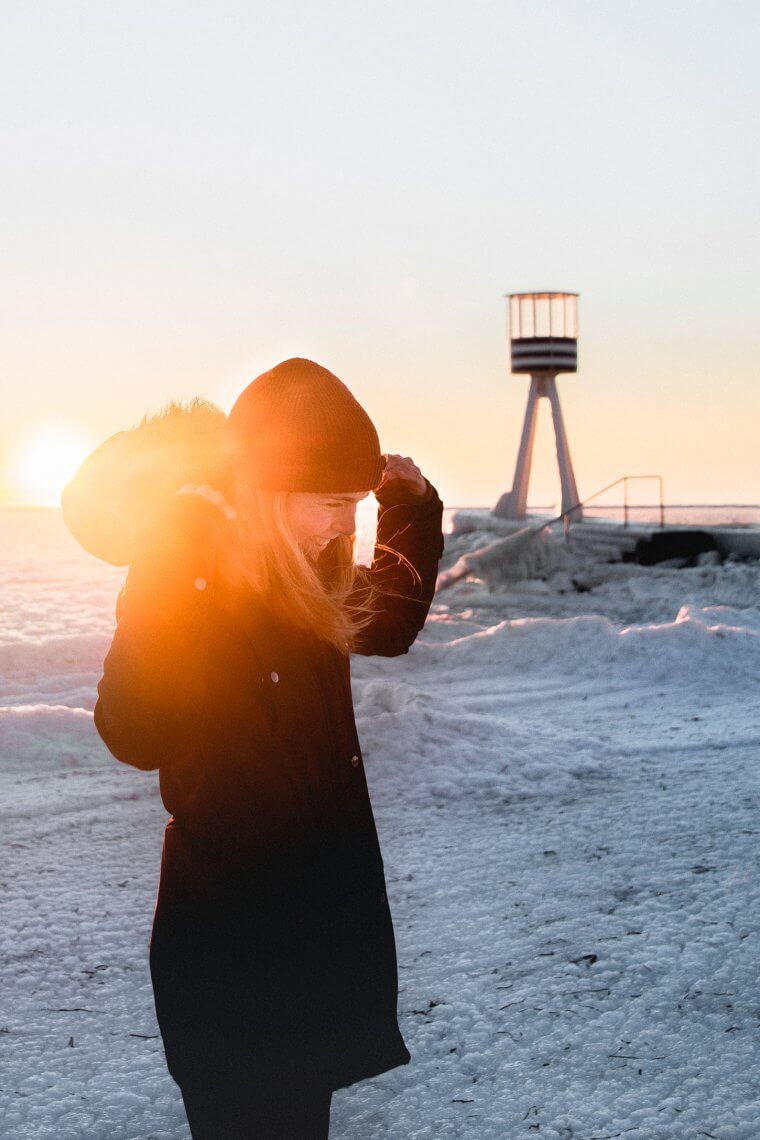
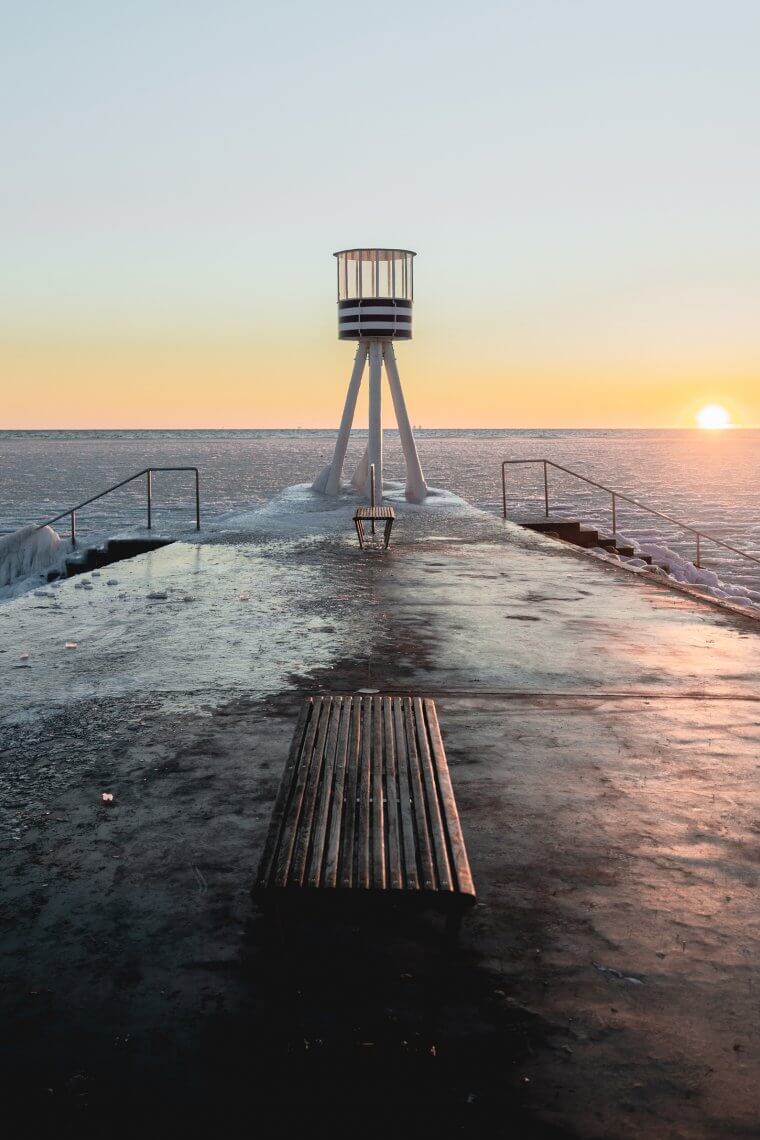
11. Lille Vildmose (Small Wild Bog)
Despite the name, Lille Vildmose is actually not small at all. It is big, wet, and wild. It is a large area of 7,600 hectares of Danish wilderness with incredible, untouched nature and wildlife. It is one of the most beautiful places to visit in Denmark.
In Lille Vildmose, you will find some of the rawest, wild nature in Denmark, with some of the most breathtaking natural attractions in Denmark. Start your trip at Lille Vildmose Centre; here, you can find folders and guides on what you can do and see in the area.
Once you have purchased an entrance ticket, you can access all the experiences, including the exhibitions, cinema, nature playground, and more. You can find more information on ticket prices here.
12. Mols Bjerge
Mols Bjerge is 180 km2 extensive, and the name directly translates to Mols Mountains. Even though it is not exactly on the same wavelength as mountains, it is still one of the best places to visit in Denmark for those who love hiking! It offers diverse nature with high peaks and rare lizards! Over millions of years, the landscape came to be by giant tongues of ice and tons of water.
In the park, you will find about 40 out of 200 conservation-worthy nature types.
Because of the national park’s many different types of nature, it also means that you might stumble upon one of the many rare insects, animals, and plants found here. You will also meet cows, sheep, and horses on your hike.
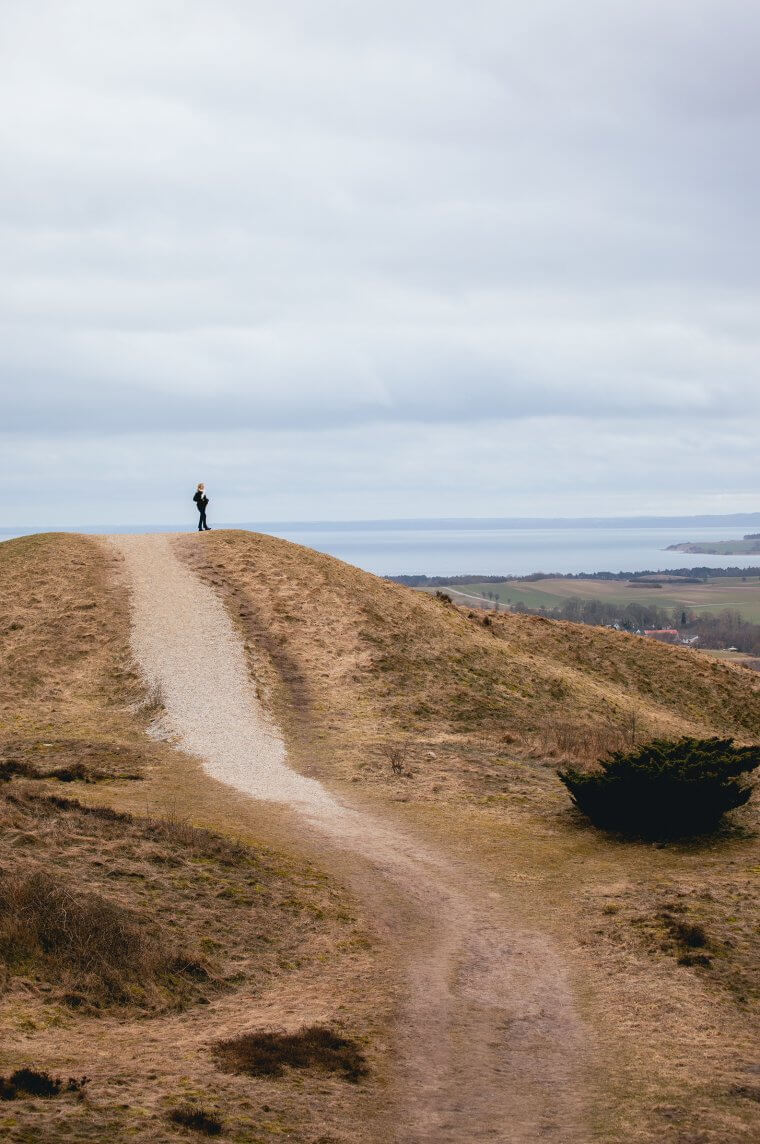
If at the beginning of this you were wondering “where are the best nature spots in Denmark?”, I hope I’ve given you lots of inspo! I really hope you found some gold tips for your trip in my Denmark travel guide!
What are your top things to do in Denmark?
Where are your favourite places to visit in Denmark? Anything you’d add?
Love as always and happy adventuring…
Did you find this post helpful? I’d love you to share it for me.
Pin and save this blog post for later…
